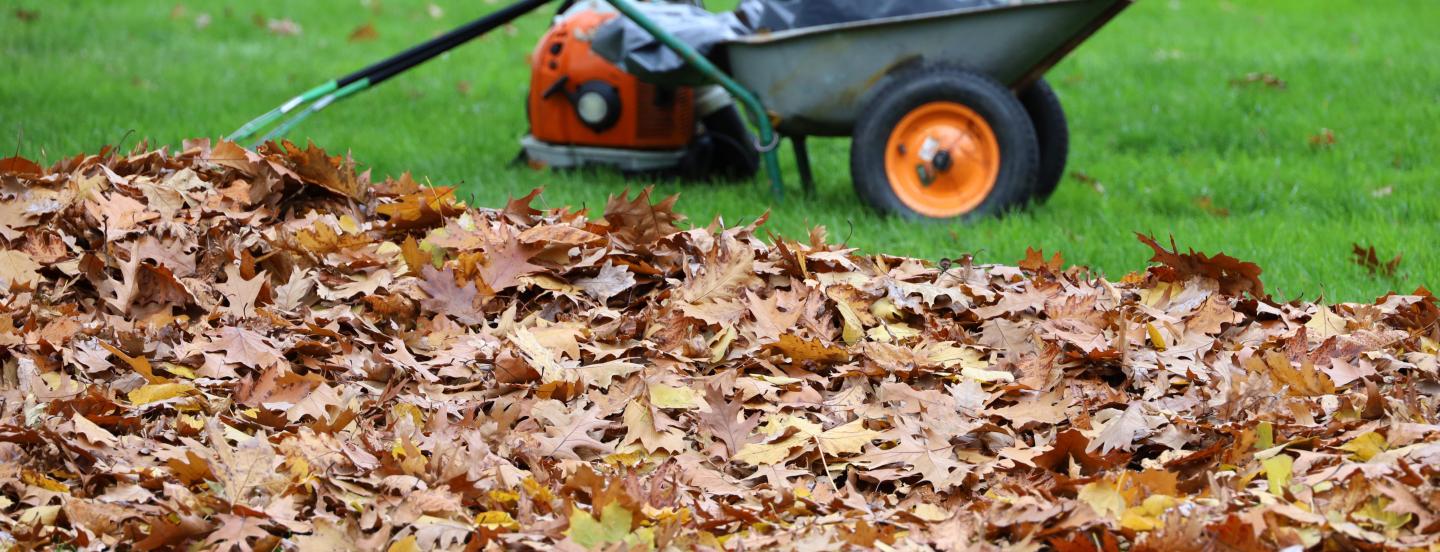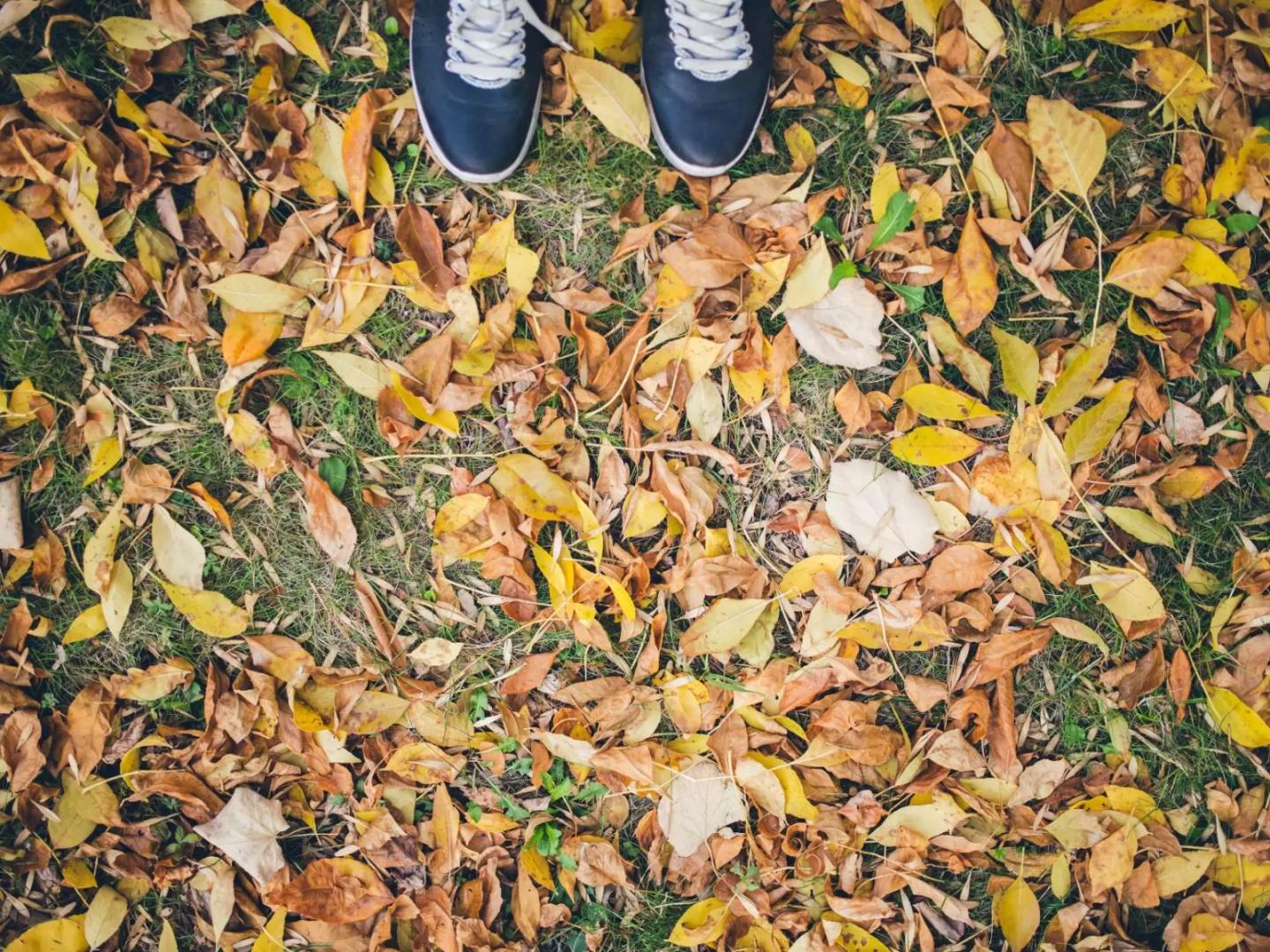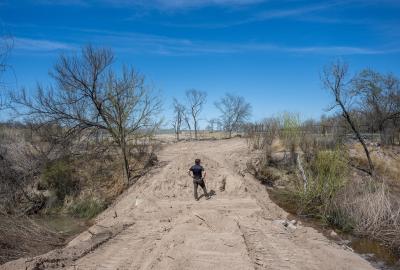
Pro tip for your lawn this fall: Leave the leaves
Ditch the rakes and leaf blowers. Why rotting leaves are actually good for your grass.
Updated with 2023's map for prime leaf peeping.
Peak leaf-peeping season is upon us. And with those changing colors, in many North American regions, peak leaves-all-over-the-lawn season has arrived in full force.
Here’s a tip for managing those leaves in ways that are better for your lawn, your wallet and the environment, too.
“Leave your leaves on your lawn or use them to mulch your garden beds,” says Environmental Defense Fund soil scientist Emily Oldfield. “As leaves break down, they produce nutrients such as carbon and nitrogen that keep soils healthy and can help lawns and gardens grow.”
2023 leaf map courtesy of Smokymountains.com.
Leaving leaves on a lawn might have climate benefits as well. “Some scientists see yards as reservoirs of carbon. So leaving leaves on your lawn can help build up that carbon in the soil, which could have a positive impact on climate," Oldfield says.
If the layer of leaves is thick, consider mowing them to speed up decomposition and prevent a sopping wet mass of leaves from destroying the grass underneath.

Any type of mower should do the trick. “You can use a [person-powered] reel mower, an electric mower or a gas mower,” says Consumer Reports’ home and garden editor Paul Hope, who mulches the leaves on his own lawn. “Do it many times throughout the fall, so the leaves don’t build up too much. And make sure you don’t have the bagging attachment installed.”
If you want to do away with the leaves because you want the classic clean lawn look, there are still options: Turn them into compost, which is a great turf builder when used as a topdressing. Simply leave them in a pile to rot, or go for the more managed (and faster to decompose) approach of layering leaves with grass clippings and vegetable peels and then mixing the pile every now and again. Some cities and towns collect leaves to make compost and return it to residents later.
Saving leaves is not only good for your garden — it's good for the climate too.
“Leaves in landfill are more likely to decompose anaerobically – without oxygen – and that creates methane,” says Oldfield. Methane traps 80 times more heat than carbon dioxide over its first 20 years in the atmosphere, making it a particularly dangerous climate pollutant.
If you do choose to move leaves off the lawn, both Oldfield and Hope recommend giving gas-powered leaf blowers the cold shoulder. Their two-stroke engines are some of the most polluting engines on Earth. A famous 2011 test by the car review website Edmunds.com measured pollution from a gas-powered leaf blower and compared it with that from a Ford F-150 Raptor pickup truck. The Raptor was less polluting by far.
Hope recommends an electric leaf blower instead, noting that electric leaf blowers now top Consumer Reports’ charts.
But mulching and leaving leaves on a lawn is the cheapest and best approach, says Oldfield. “Avoid the noise, enjoy the peace of the fall, and get those nutrients back into the soil.”


